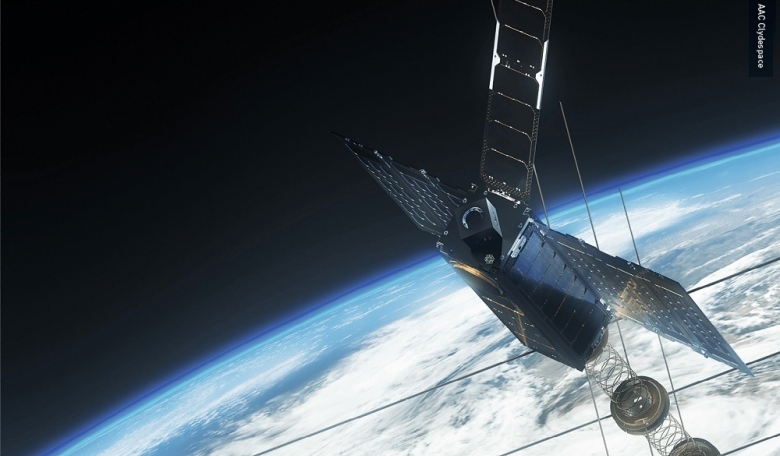The recent suborbital space tourism launches carrying Sir Richard Branson and Jeff Bezos as passengers on their respective space vehicles, together with the continued success of Elon Musk, have prompted a global commentary on the ‘billionaire space race’, but space innovation also operates at a local level. In this article the authors consider the importance of the interplay between space technologies and applications and their terrestrial counterparts.
The endeavours of companies such as Blue Origin, SpaceX and Virgin Galactic symbolise the increasing growth of the commercial space sector, an industry segment that is opening its previously inaccessible marketplace to entrepreneurs and innovators from around the world. Non-traditional actors are contributing to a rapidly growing sector encompassing everything from suborbital space tourism to commercial space stations and even lunar landers. Key to this is the increasing number of companies from small and emerging space nations in the realm of small satellite manufacturing, launch and service provision.
To meet the demand for this broadening space activity, whether it be powering robotic miners on the Moon or monitoring peat bogs in the Highlands of Scotland, the sector needs to innovate, translate and implement a wide range of technologies, many of which are currently being developed for other purposes. Many of the technical challenges faced by space operations have terrestrial counterparts, or at least have enough in common that a solution may already exist or be one small step away from direct application.














